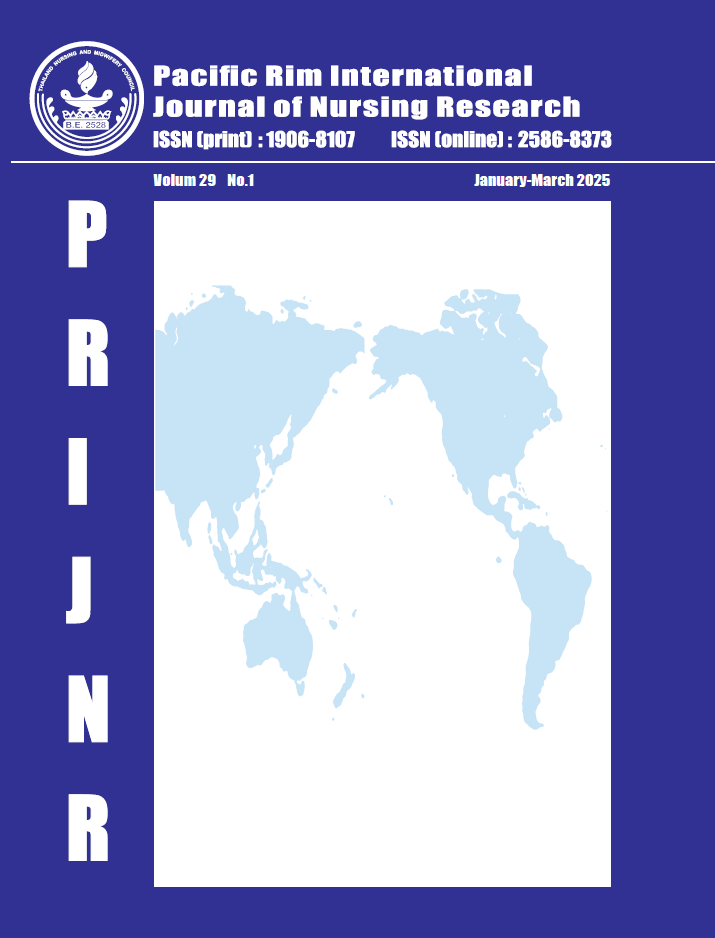Writing a Rigorous Qualitative Journal Article: Tips for Authors
DOI:
https://doi.org/10.60099/prijnr.2025.270351Keywords:
Journal articles, Manuscript writing, Novice authors, Qualitative research, Quality, Rigor, WritingAbstract
Rigor and quality in a qualitative research project go hand in hand with writing a rigorous, informative qualitative journal manuscript. Given today’s pressure on researchers to get published, their papers are often rejected or must undergo major revision because of poor information or structure, lack of formatting to a journal’s requirements and misunderstandings about what constitutes rigor and quality in a qualitative paper. In the author’s long experience as an editor and reviewer, some problems in writing qualitative manuscripts are common, no matter what part of the world the author(s) come from. This brief paper is aimed at qualitative researchers who are novices at getting their research reports published in journals. Using a personal narrative style, the author highlights common issues in the writing process across various sections of manuscripts connected to a qualitative study’s design, conduct, and reporting. Tips are given to help novice authors write better in the future.
References
Roberts C, Kumar K, Finn G. Navigating the qualitative manuscript writing process: some tips for authors and reviewers. BMC Med Educ. 2020;20:439. doi: 10.1186/s12909-020-02370-4. DOI: https://doi.org/10.1186/s12909-020-02370-4
Dickson-Swift V, James EL, Kippen S, Liamputtong P. Doing sensitive research: what challenges do qualitative researchers face? Qual Res. 2007;7(3):327-53. doi: 10.1177/146 8794107078515. DOI: https://doi.org/10.1177/1468794107078515
Jansen MB, Lund DW, Baume K, Lillyman S, Rooney K, Nielsen DS. International clinical placement–Experiences of nursing students’ cultural, personal and professional development; a qualitative study. Nurse Educ Pract. 2021;51:102987. doi: 10.1016/j.nepr.2021.102987. DOI: https://doi.org/10.1016/j.nepr.2021.102987
Johnson JL, Adkins A, Chauvin S. A review of the quality indicators of rigor in qualitative research. Am J Pharm Educ. 2020;84(1):138-46. doi: 10.5688/ajpe7120. DOI: https://doi.org/10.5688/ajpe7120
Tong A, Sainsbury P, Craig J. Consolidated criteria for reporting qualitative research (COREQ): a 32-item checklist for interviews and focus groups. Int J Qual Health Care. 2007;19(6):349–57. doi: 10.1093/intqhc/mzm042. DOI: https://doi.org/10.1093/intqhc/mzm042
Drisko JW. Writing up qualitative research. Fam Soc. 2005;86(4):589-93. doi: 10.1606/1044-3894.3465. DOI: https://doi.org/10.1606/1044-3894.3465
Coleman P. Validity and reliability within qualitative research for the caring sciences. Int J Caring Sci. 2022;14(3):2041–5. Available from: https://oro.open.ac.uk/81588/
Hennink M, Kaiser BN. Sample sizes for saturation in qualitative research: a systematic review of empirical tests. Soc Sci Med. 2022;292:114523 doi: 10.1016/j.socscimed.2021.114523. DOI: https://doi.org/10.1016/j.socscimed.2021.114523
Nassaji H. Good qualitative research. Lang Teach Res. 2020;24(4):427-31. doi: 10.1177/13621688 20941288. DOI: https://doi.org/10.1177/1362168820941288
Downloads
Published
How to Cite
Issue
Section
Categories
License
Copyright (c) 2025 Pacific Rim International Journal of Nursing Research

This work is licensed under a Creative Commons Attribution-NonCommercial-NoDerivatives 4.0 International License.
Copyright: The Pacific Rim International Journal of Nursing Research, Thailand Nursing & Midwifery Council has exclusive rights to publish, reproduce and distribute the manuscript and all contents therein.








.png)



